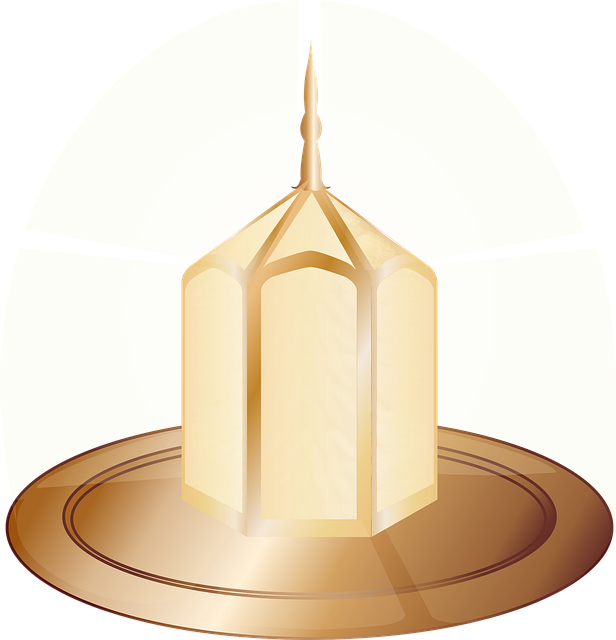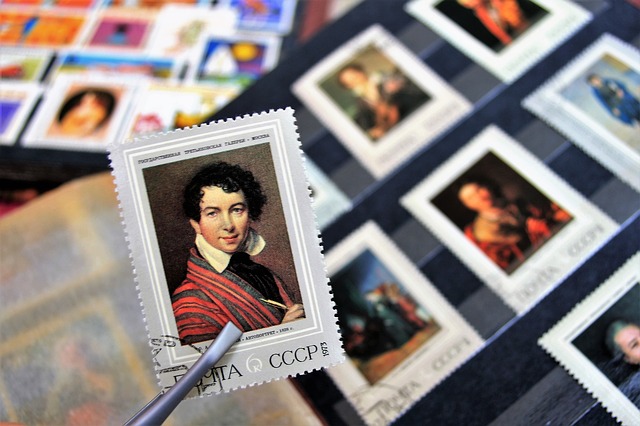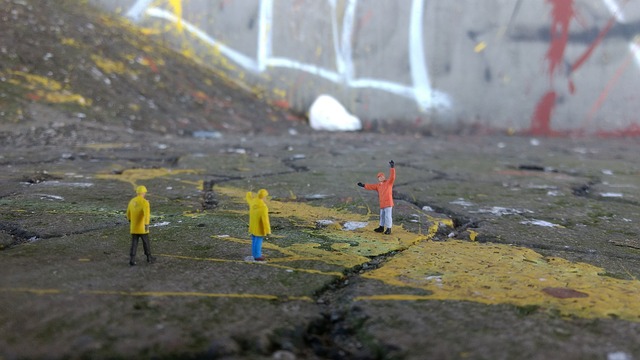Miniature painting, as a type of painting, is an extremely distinctive art, and quite a strict one with its fair amount of limitations and the amount of detail one should put in the pieces. That’s why every so often it is likened to jewels, for its uniqueness and its difficulty to be performed.
If you want to initiate yourself in this art, start off looking for good materials to paint such as appropriate surfaces, along with the paints, brushes, and other tools. You can find them on common artist stores, or even better in miniature art supply shops.
Now, for choosing the right materials, remember that miniature art has some very precise requirements. The surface of your choice shall be as smooth and even as possible, with its texture to a fair minimum. Most of the fine miniatures out there are very smooth, just like their early miniature counterparts in manuscripts. Besides, keeping your surface smooth will be very beneficial for when you paint in the sharp details.
Ivorine, vellum, polymer, and even porcelain surfaces are some of the most common surfaces used by miniature painters, yet this also depends on your personal choice on the type of paint. Some oil painters work over hardboard, wood, or copper, while watercolor artists use Bristol or illustration board.

As for your brushes, they can be of natural or synthetic fiber, but must come to a thin point at their end so fine and small details can be painted. The technique of miniature painting shows that paintings are to be made casting many delicate strokes on the surface and artists create their works very exhaustively and frequently using thin flecks and hatches.
Studying classic miniature paintings in museums, galleries and publications can be very useful for you. That way you can notice other artists’ handling of the brush and colors, and their individual visions and final products; some artists paint their miniatures to be appreciated from a distance of a few feet, and others use strokes that are so soft that they need deep amplification to be seen at all.

For arising painters, it may be more effective to begin by painting small layout miniature pieces instead of larger sizes. The surface can be plastered more swiftly and mistakes can be noticed and modified with more effortlessness.
Also, while preparing your miniature, be sure you have the design properly planned out and draw it previously to commencing to paint. Your miniature should attract your viewers’ attention towards the piece, and this can be easily accomplished by creating a figurative message or story behind what is portrayed in the painting.

Granted, it can take a great amount of patience, persistence, and practice to master this type of art, but if you’re passionate about it, the rewards will be even greater, as you’ll now be included in a select group enclosing ancient painters from the days of early writing.
